🚚 Free Delivery on All Orders
✨ Join Our Newsletter & Save 10%
The Timeless Charm of Lucky Symbol Jewellery | Kolié
At Kolié, we believe jewellery is more than adornment. It is a story, a talisman, a piece of history worn close to the heart. Among the most enduring designs are luck symbols in jewellery, cherished across cultures and centuries for their promise of good fortune, protection, and positivity. From the amulets of Ancient Egypt to contemporary lucky charm necklaces, these designs have evolved but never lost their appeal.
Ancient Origins: Talismans and Amulets
The tradition of wearing jewellery for luck dates back thousands of years. Early civilisations crafted protective amulets from bone, stone, and metal, often inscribed with symbols believed to ward off evil or attract prosperity.
Egyptian Scarabs – Rebirth and Protection
In Ancient Egypt circa 2000 BCE, the scarab beetle represented rebirth and safe passage into the afterlife. Scarabs were carved from faience, green jasper, and gold, often engraved with protective spells. The British Museum holds a gold mounted green jasper heart scarab from King Sobekemsaf II’s tomb, while smaller faience scarabs were worn daily as beads or rings.
The Wedjat Eye – Healing and Wholeness
Also known as the Eye of Horus, this amulet symbolised protection, health, and restoration. Wedjat eyes in blue faience or gold were worn daily or sewn into mummy wrappings for eternal safety.
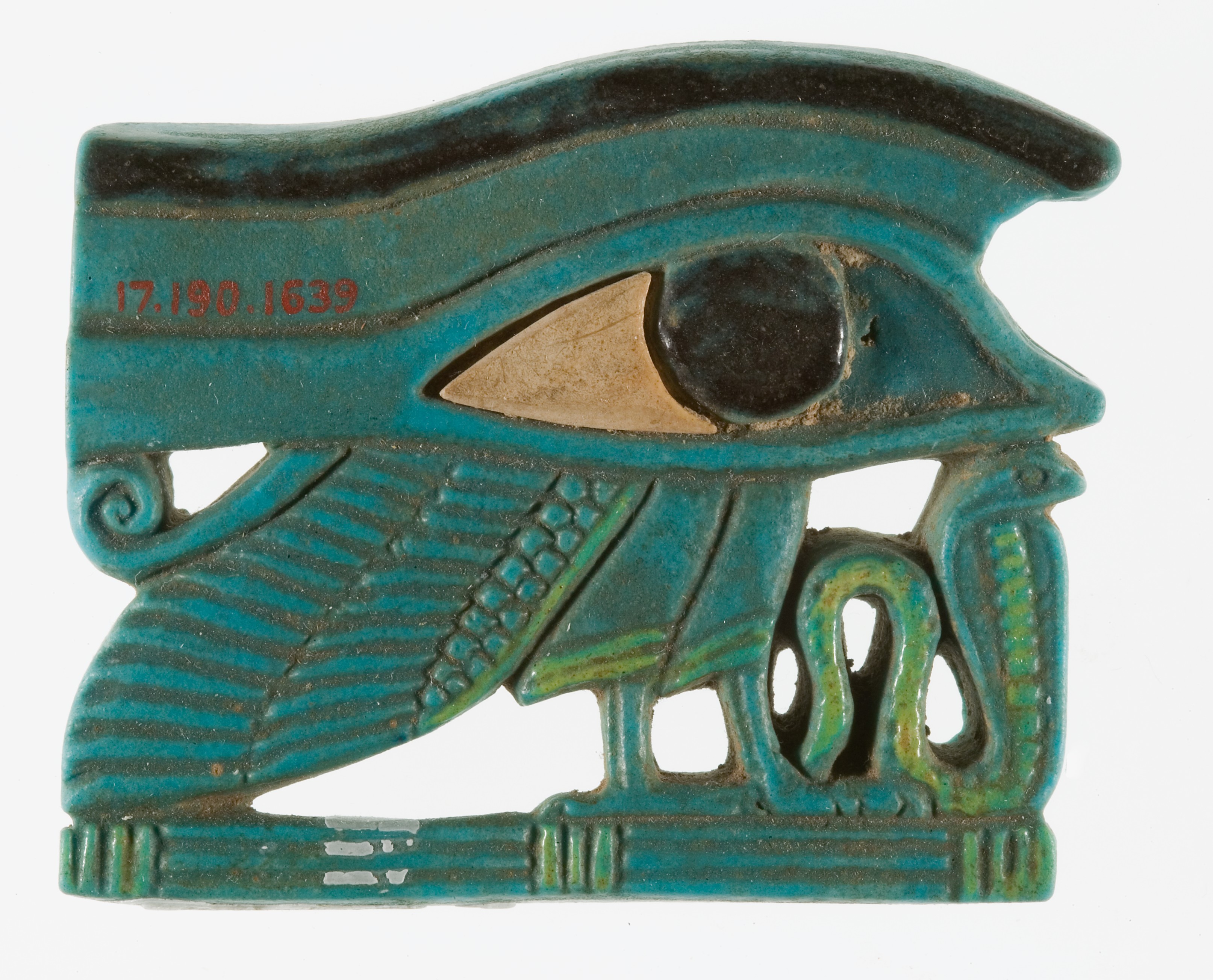
Mesopotamian Evil Eye – Deflecting Misfortune
Dating back to 3000 BCE, the evil eye symbol appeared in Mesopotamian jewellery carved from lapis lazuli. This deep blue protective charm remains a staple in Mediterranean and Middle Eastern jewellery today.
Shop the look: Kolié Evil Eye Pendant

Classical Antiquity: Divine Favour and Daily Protection
Greek Cornucopia – Abundance and Prosperity
The horn of plenty appeared in gold earrings and pendants, signifying wealth and a fruitful life.
.png)
Roman Bullae – Protection from Birth
Roman boys wore gold or leather bullae, small lockets containing protective charms, until adulthood. These family heirlooms blended luck with heritage.
%20MET%20DP257506.jpg)
Lunulae and Fascinum – Apotropaic Charms
Crescent pendants called lunulae were worn by girls for protection, while winged phallic charms called fascinum guarded against envy and misfortune. Both appear in Roman jewellery collections.

Medieval to Renaissance: Faith Meets Fortune
-
Four Leaf Clover – Rare and linked to Celtic tradition, each leaf symbolised faith, hope, love, and luck.
Shop the look: Kolié Four-Leaf Clover Pendant -
Horseshoe – Hung over doors and worn as pendants to catch luck and ward off evil spirits.
Shop the look: 14ct Gold Horseshoe Pendant - Anchor – Adopted by early Christians as a sign of hope and safe return.
Victorian Sentiment and Symbolism
- Wishbones – Given to bring hope and opportunity.
- Acorns – Symbolising strength and potential, often crafted in gold with oak leaf details.
- Gemstone Beliefs – Emeralds for prosperity, amethysts for clarity, birthstones for personal fortune.
20th Century and Modern Trends: A Global Blend
-
Hamsa Hand – A palm shaped amulet with an eye for protection.
Shop the look: 14ct Gold Hamsa Hand Pendant - Lucky Number 7 – A favourite in mid-century charm bracelets.
-
Elephant Charms – Inspired by Asian traditions, elephants symbolise wisdom and good fortune.
Shop the look: 14ct Gold Elephant Pendant
Why Luck Symbols Endure
From scarab amulets to four leaf clover necklaces, these designs speak to universal human desires. Protection, prosperity, and hope. In gold, they offer timeless elegance. In gemstone or enamel, they add a vibrant touch of personality.
At Kolié, we reimagine these ancient talismans in modern, solid gold jewellery, blending historical meaning with contemporary style. Whether you choose a horseshoe necklace, a protective Hamsa, or a bold emerald pendant, each piece carries a story as old as civilisation.
Already in Edinburgh?
Visit our Kolié boutique at 125 Rose Street to explore our lucky charm jewellery UK collection. Your perfect talisman awaits.
Shop online at kolie.co.uk and find a piece that sparkles with history and meaning.
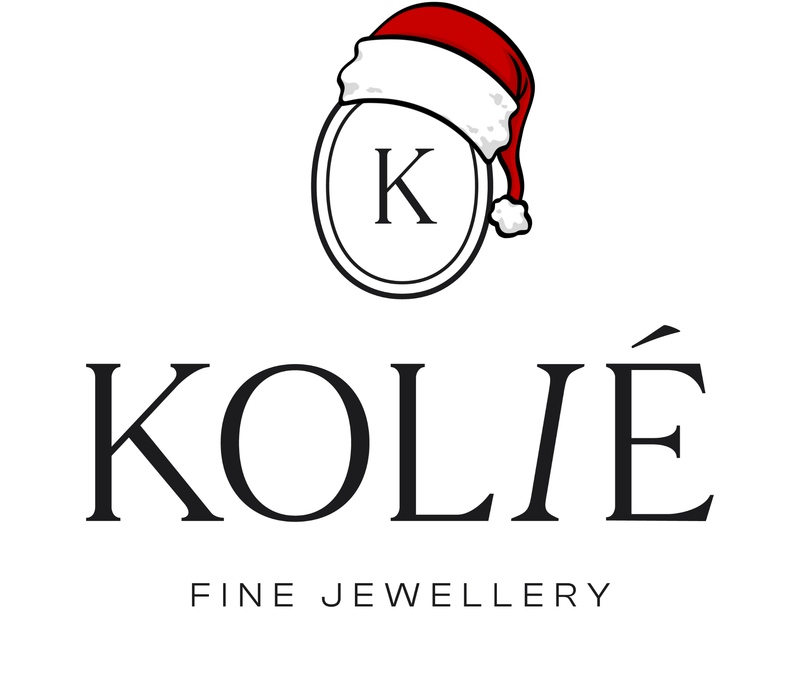
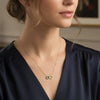

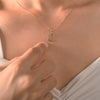
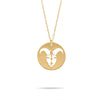
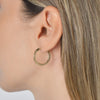
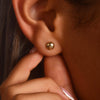

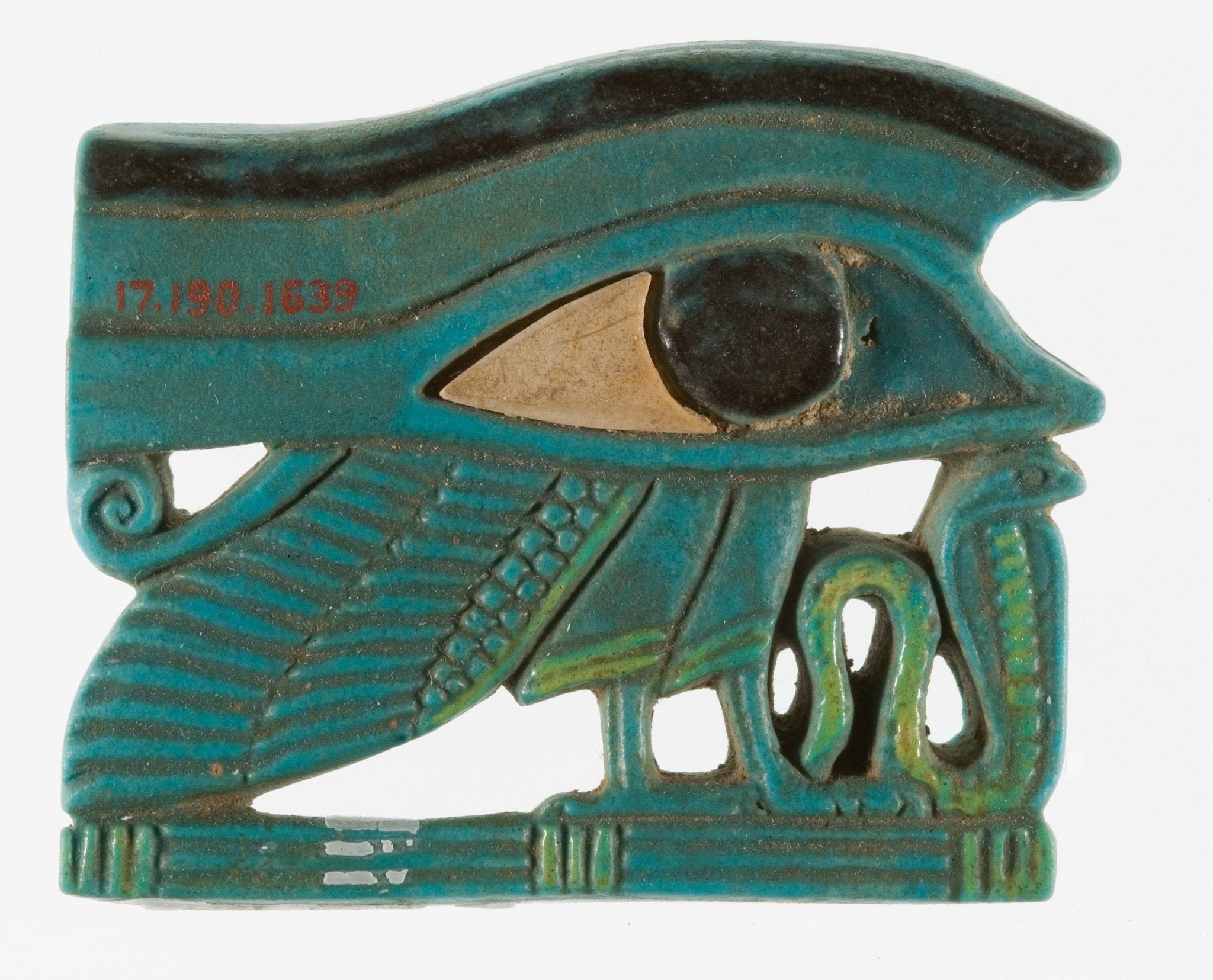

0 comments